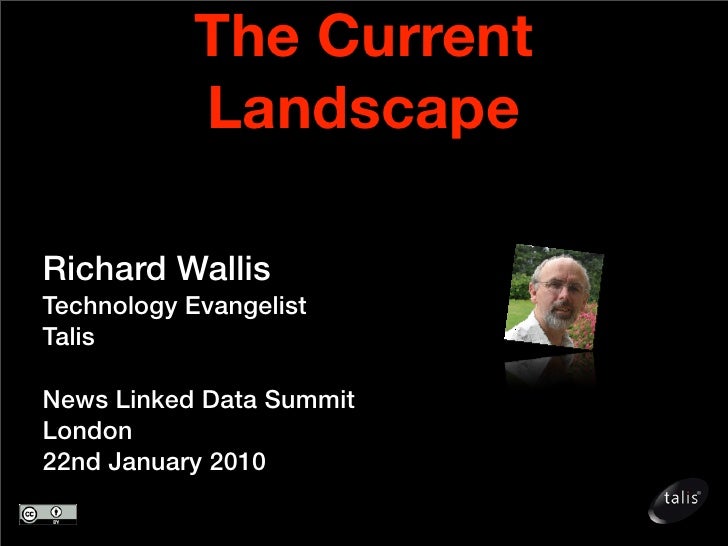
I’ll examine these in more detail next time. Second-best trust signals that are good, but might waste space in comparison with more powerful sorting mechanisms that have a stronger impact on response.Cues to freshness that make the ad “speak”.A well-known, trusted domain name and brand.Navigational-looking destination URLs and plain copy.Signals that you’re actually in e-commerce, and not just providing information.
#MEDIA META MESSAGE FULL#
A full list of meta-message elements to test would include: There are meta-messages (things users don’t read and consider, but rather quickly parse and use to “slot” or “sort” you before clicking or not clicking, and before considering a purchase) right in your ad copy, too. The promise of metadata, including the phenomenon of big data (MayerSchnberger and Cukier, 2013), for media and communication research is that such data. So far, I’ve only scratched the surface of obvious meta-messages like prestige formats and positioning on the page.


How would it look to you if one of the attorneys was in premium position, and another was in seventh? Imagine typing “best jacksonville tax attorney” if you were an unsophisticated searcher. Despite being paid for, there will be a lingering belief in many users’ minds that the one or two ads at the very top – or those qualifying for certain formats – have more “merit, according to the search engine.” In addition to that, because premium ads appear at the top of the page, there appears to be some blending in the user’s mind about the relative merits of paid and organic (sponsored and non-paid) listings. His insightful remark: “It looks expensive.” For a law firm, looking expensive may be important – even more important than optimizing your cost per lead down to the penny.

This was not because he was into wasteful ego-bidding.
#MEDIA META MESSAGE PROFESSIONAL#
One client – a professional with a relatively small budget – looked on approvingly whenever his ads appeared in “premium” position. A more credible account of the scenario would be “the user sees a premium-position ad from what they now confirm to be a leading vendor, who has extra screen real estate and extra merit conveyed by Google’s willingness to display a richer listing, and they also have a website you can navigate for yourself, rather than a shouty ‘offer page,’ so I’m eager to click the unit in general, and once I arrive on the site, I’ll be slightly more predisposed to buy.”Įven before we had such a multiplicity of search results page layouts and ad formats – which makes this point a little more obvious – some advertisers did have conjectures and working theories about what was going on in terms of the “message behind the message” in search ads. In a recent column, I asserted that it was easy to fall into a default interpretation of the user response to the Sitelinks ad unit: “the user is scanning the additional links, picking one that is really relevant to them, and clicking on it.” As I attempted to show, that isn’t really happening.


 0 kommentar(er)
0 kommentar(er)
